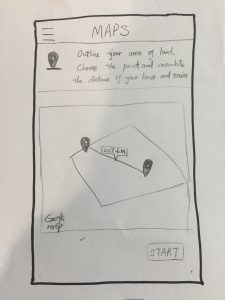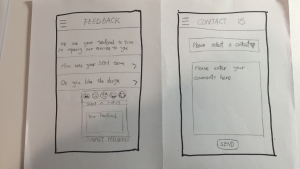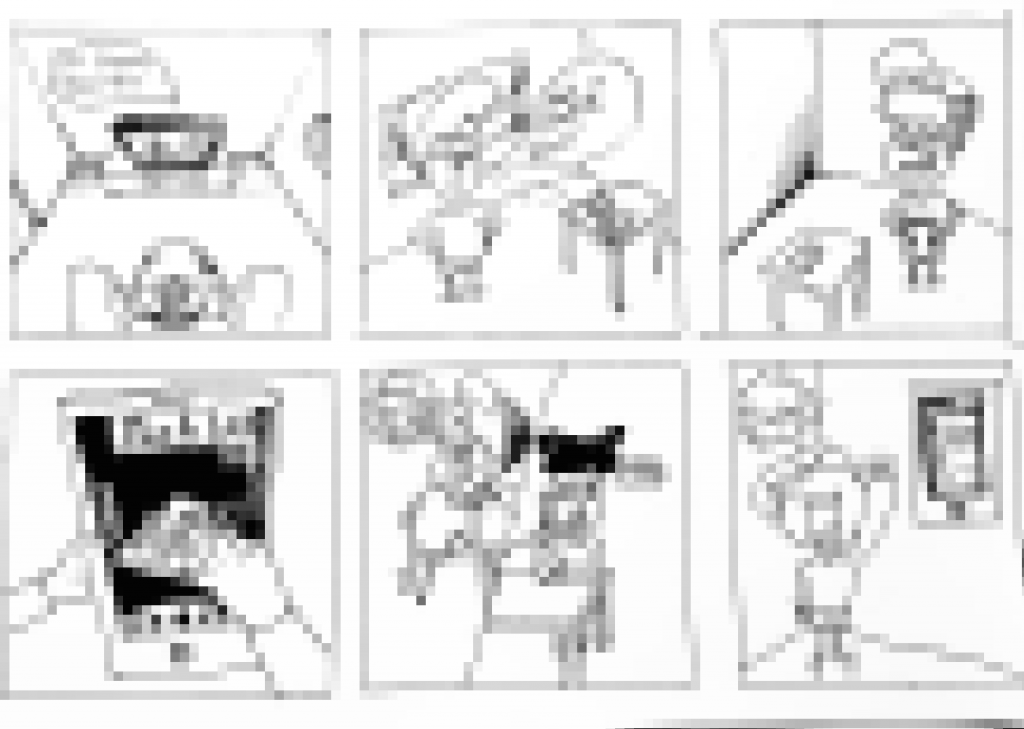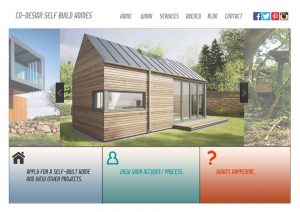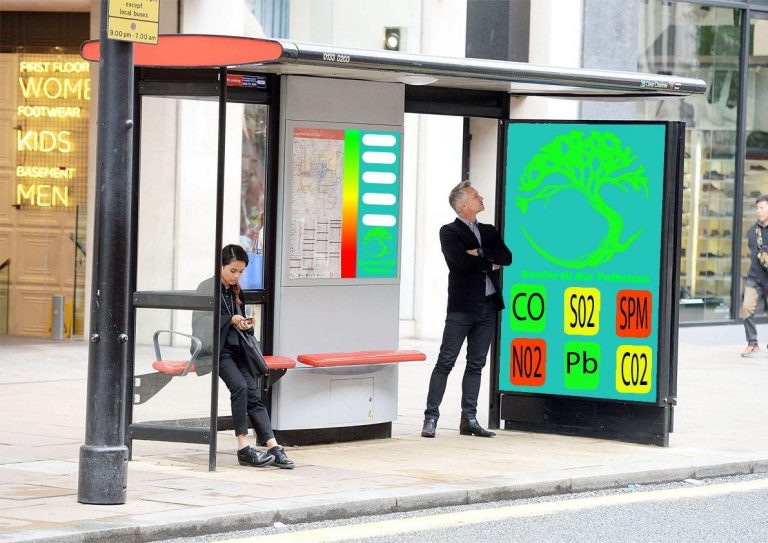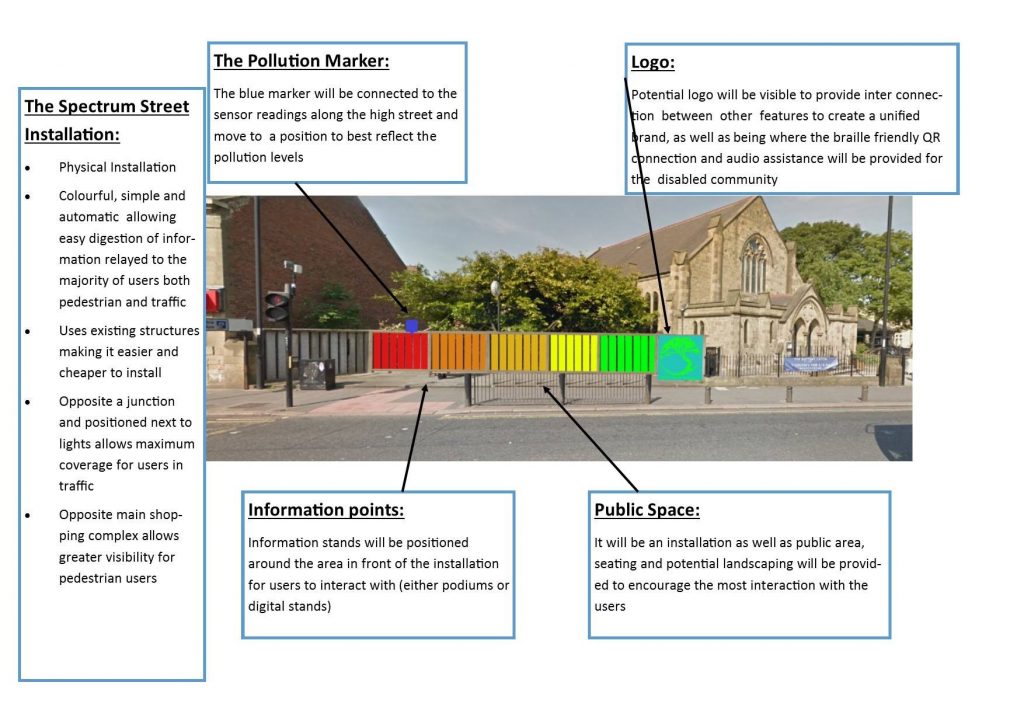Week 6
While we have settled on the function of the webpage, we will be focusing to demonstrate the voting system and the volunteer point system in the storyboard.
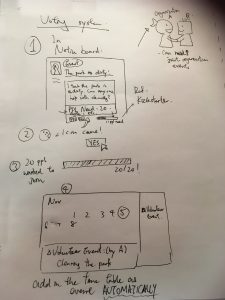
The voting system is a function for basic members to create their event on their own via Notice board. When they choose the ‘event’ categories in the notice board, they may be able to uphold their own event concerning no matter what. For example, in the above picture, a resident may be unsatisfied with a dirty park. He may send a post recruiting volunteers to clean it up. By inserting a number of minimum participants need (e.g. 20 people need here), the event will be created automatically on the calendar when 20 interested participates click ‘yes’ in the post. This save works in administering and can allow people to have a first try in participating in volunteering without processing a lot of registering process that gives pressure on them.

Another storyboard showing is one demonstrating how the volunteer point system works.
Volunteer points can be earned through holding and participating events. We try to make the online points to have an actual benefit in real life so as to encourage the community to involve in it. There are three major ways to use it:
- It can act as a counter for organization to know how active a participate in the community. It somehow works as an online cv, but more informal one to show some organization in the site who are potential volunteers or employee.
- When the points continuously add on, participates may unlock achievement and level up as higher level members to have higher authority (like admin) to edit post etc. Achievement may include exchanging for volunteer hours on CV in certain rate. (1 :1 may do also).
- By cooperating with business we can offer discounts through exchange points. (may involve another unit for exchange since the volunteer hours should not be gone when you purchase anything)
Both story boards are just showing the basic concept and may not be complete and thorough enough. We will continue to try editing for the final output.
 **
**